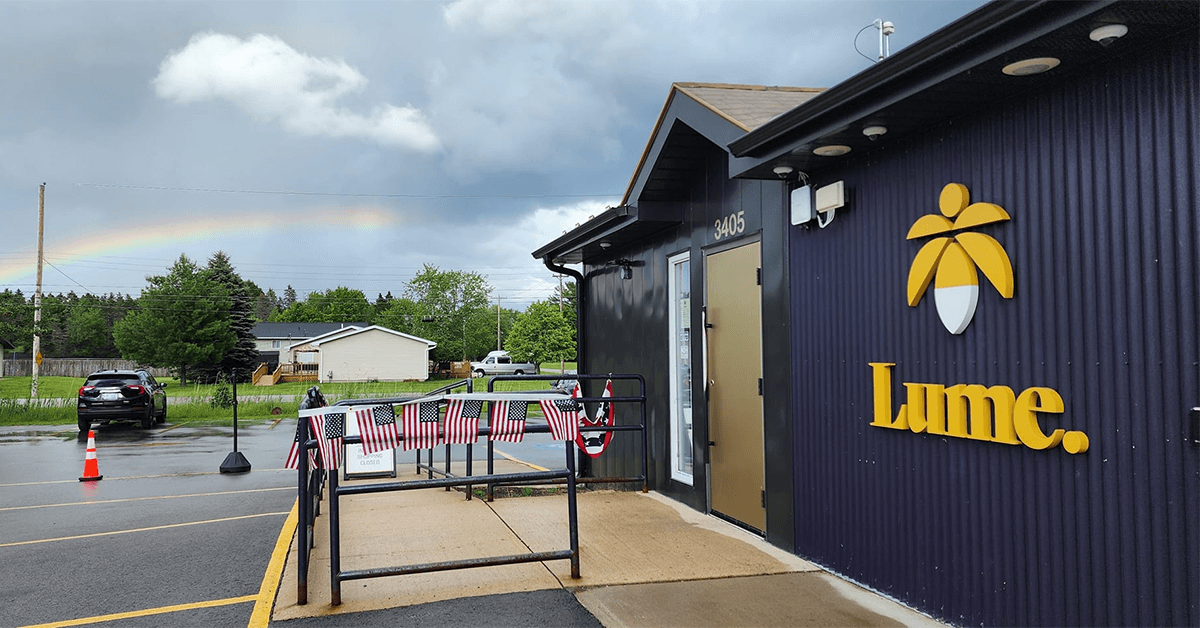New CRA Strategy Implements Surprise Inspections for Cannabis Licensees

The Michigan Cannabis Regulatory Agency (CRA) is shifting its approach to inspections of licensed cannabis businesses, moving away from scheduled semi-annual visits in favor of unannounced inspections. This change, set to take effect on October 1st, aims to enhance flexibility and efficiency in regulatory oversight. The CRA believes this approach will also lead to greater awareness and adherence to rules and regulations among employees in the industry.
The CRA announced the new inspection strategy during an educational session held via Zoom on August 22nd. Mandi Cooley and Kevin Cook, representatives from the CRA's enforcement division, emphasized the importance of flexibility in the implementation of these surprise inspections. Cooley noted that the process would be "open to corrective action plans," allowing business owners some autonomy in addressing any noncompliance issues. Cook acknowledged that the transition might not be "flawless" but assured that "accommodations" would be made, with the primary goal of ensuring continuous compliance among licensees.
CRA spokesperson David Harns echoed this sentiment, highlighting the expected benefits of the new plan. "This will help increase efficiency and flexibility with scheduling," Harns stated. "It will also necessitate that businesses educate their employees comprehensively—not just in their specific roles, but in compliance and understanding of the business requirements." The CRA's ultimate goal is to ensure that licensees remain compliant at all times and that employees fully grasp the regulations governing their work environment.
To prepare for the change, the CRA advises cannabis business owners to ensure that their on-site managers and staff are well-prepared for inspections. Employees should be familiar with how to access necessary documentation, such as employee background checks, standard operating procedures, logs, surveillance system records, certifications, and data from METRC, the state's seed-to-sale tracking system. The CRA also recommends that business owners provide their teams with inspection checklists, available on the CRA's official website.
In anticipation of the transition, the CRA is updating and streamlining its inspection checklists and developing new documents to be sent to businesses following inspections. Additionally, regulation officers will proactively contact businesses that are low-staffed or operate on a part-time basis to coordinate the timing of surprise inspections, aiming to avoid arriving at closed facilities. Cooley mentioned that the CRA is "working on the process" for situations where an inspector arrives to find a business closed.
Business owners are encouraged to verify the identity of regulation officers by requesting their CRA-issued photo IDs and to contact the Regulation Office's verification hotline with any concerns. The hotline number will be shared with licensees via an email blast.
Historically, the CRA's semi-annual inspections have shown a regulation compliance rate of approximately 93%, excluding minor deficiencies that are typically remedied quickly. According to Harns, common compliance issues include METRC tracking errors and surveillance equipment problems. Minor issues, such as labeling or standard operating procedure discrepancies, are usually resolved through re-inspection and rarely lead to further investigation. However, more serious noncompliance issues, such as significant METRC tracking failures or insufficient surveillance footage, could prompt an investigation, potentially leading to fines or even license revocation, depending on the findings.
Share this article:
Spotted a typo, grammatical error, or a factual inaccuracy? Let us know - we're committed to correcting errors swiftly and accurately!








 Helpful Links
Helpful Links